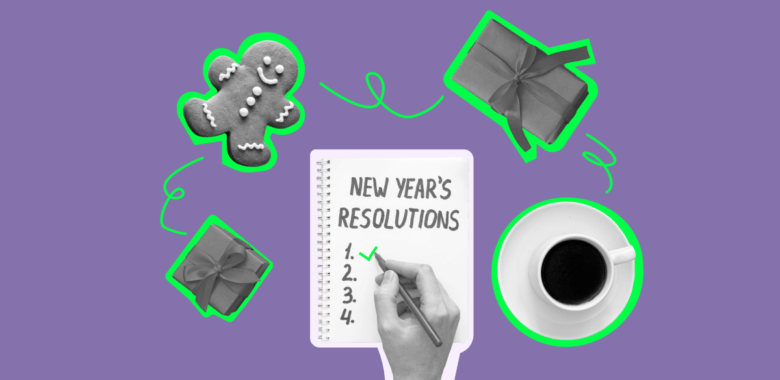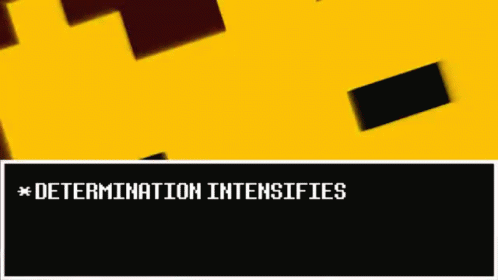Why New Year resolutions fail
Despite thousands of memes around failed New Year resolutions, setting yearly goals remains a social media ritual with an interesting cultural significance. This analysis of Twitter posts explored a variety of attitudes towards New Year resolutions, from genuine to sarcastic, from promising to be a better person to accepting oneself more.
























